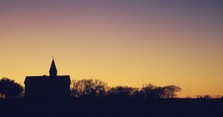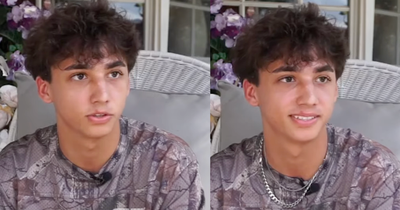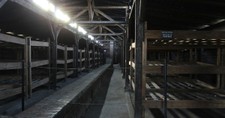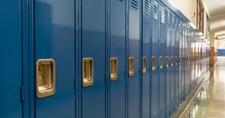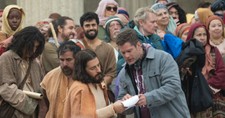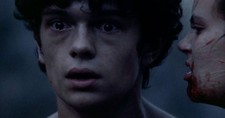
Trending Articles
Recent News
From a DNA Match, a Woman Meets Her Biological Father For the First Time Nearing 100, Dick Van Dyke Says the Secret to His Long Life Is Simple: ‘Never Stop Singing' When Floodwaters Rose, One Teen’s Courage Became a Lifeline for Strangers How to Host a Christ-Centered Thanksgiving How Corrie ten Boom’s Flea-Filled Faith Inspires Thanksgiving Gratitude Biblical "Better to Give than to Receive" Explains Black Friday Burnout 7 Ways for Christians to Make the Most of Black Friday 5 Ways the Early Church Practiced Gratitude Two National Guard Troops Shot Near White House; Suspect in Custody 4 Things Parents Should Know about ‘Zootopia 2’ Family Watchdog Urges Parents to Avoid Giving Children iPhones This Christmas 50 Nigerian Students Escape Captivity; 253 Still Missing after Mass School Abduction
Trending Articles
Recent News
From a DNA Match, a Woman Meets Her Biological Father For the First Time Nearing 100, Dick Van Dyke Says the Secret to His Long Life Is Simple: ‘Never Stop Singing' When Floodwaters Rose, One Teen’s Courage Became a Lifeline for Strangers How to Host a Christ-Centered Thanksgiving How Corrie ten Boom’s Flea-Filled Faith Inspires Thanksgiving Gratitude Biblical "Better to Give than to Receive" Explains Black Friday Burnout 7 Ways for Christians to Make the Most of Black Friday 5 Ways the Early Church Practiced Gratitude
Positive Stories
Celebrity
Video
Opinion
Church
Entertainment
Sports
Movies
Politics
Israel
Christian News Headlines - Breaking and Trending Religion News
Crosswalk Headlines - Christian news brought to you by a group of Christian writers and editors who are dedicated to creating a well-rounded look at what’s happening across the globe from a Christian worldview. Our vision is to inform and inspire productive discussion about the current events and online trends that shape our lives, our churches and our world.Crosswalk Headlines includes blog posts about current events and Christian media, breaking news, feature articles, and guest commentaries, many written by respected Christian thinkers.




